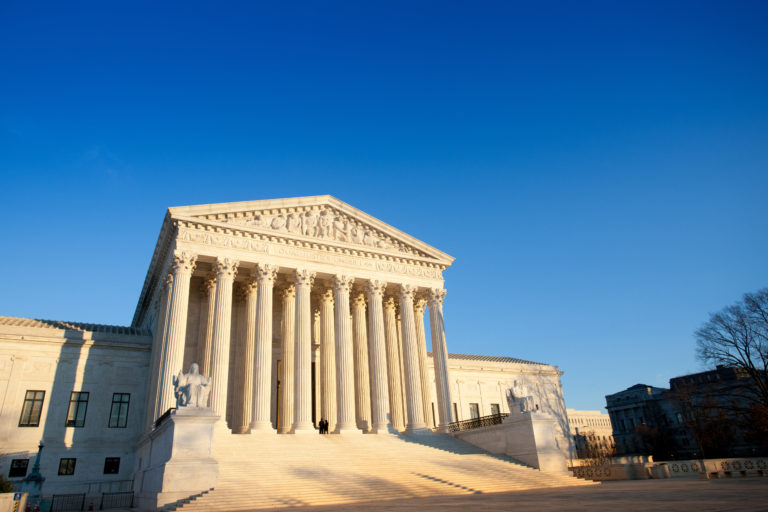In November 2020 then Senator Kamala Harris (D-CA) made history as the first woman,…
Student Loan Forgiveness is a Feminist Fight

On Friday, June 30, the Supreme Court issued a decision to millions of borrowers across the country when they ruled that the Biden Administration did not have the authority to execute their student loan forgiveness plan.
As it currently stands, there are approximately 45 million borrowers owing roughly $1.6 trillion collectively and the repayment options grow limited as borrowers balance grappling with inflation, planning for the future, and developing a sustainable financial plan for themselves. This challenge is coupled with the understanding that college has grown exponentially more expensive in recent decades.
According to the College Board, the average published tuition and fees for in-state students at public four-year institutions more than tripled between the 1993-1994 and 2022-2023 academic years. The White House August 2022 fact sheet on student loans estimates that Pell Grants “once covered nearly 80 percent of the cost of a four-year public college degree” now realistically covers about one-third of that cost.
Should the Biden Administration’s plan have been allowed to proceed, about 27 million borrowers would have been eligible to receive up to $20,000 in forgiveness. Not only would this have eased the financial stress of millions, but freed funding for investment their futures, stimulated the economy and allowed families to have more financial freedom as the nation continues to recover from the economic volatility that came with the pandemic.
However, the court’s decision to block the Biden Administration’s plan has implications beyond financial stability for borrowers.
Student loan forgiveness is fundamentally, a gendered topic.
A 2021 report by the American Association of University Women (AAUW) found that two-thirds of all student loan debt was held by women and on average, women have roughly $30,000 in student loan debt after graduation.
Furthermore, the gender pay gap compounds this issue as women will make only 82 cents on the dollar compared to men. Rising costs for daily living expenses and childcare mean that women experience increased financial strain when considering how to integrate student loan repayments back into their monthly financial planning. A June 2021 survey by Student Debt Crisis found that 87% of women borrowers said that “COVID-19 relief for federal student loans was critical to their financial wellbeing during the pandemic.” Additionally, approximately 33% of women said that they will pay over a quarter of their total income to student loans once payments resume.
When we explore this feminist issue through an intersectional lens, we see that these challenges are more visible (and costly) for women of color, and in particular Black women, as well as single mothers and women heads of households, who are disproportionately women of color. In 2021, AAUW also found that on graduation day white women owed an average of $33,851.98, while Black or African American women held $41,466.05. Similarly, measuring one year after graduation, white women held $56,098.88 in debt while Black or African American women owed $75,085.58. Factoring in the cost of childcare, AAUW found that women paying for childcare would be in a financial deficit, losing almost $400 every month.
Despite such grim economic outlooks, millions of students continue to attend college and university every year as accessing the job market without a college degree seems less and less likely. The Burning Glass Institute found that in 2021, 44% of online job postings listed a four-year college degree requirement. And according to the Georgetown Center on Education and the Workforce’s 2018 Women Can’t Win report, in order to earn an equal salary compared to men, women need to earn a second degree thus increasing the amount of student loans that are taken out. Likewise, the report found that the “wage gap grows with graduate school, in part, because women are concentrated in lower-paying master’s degrees.”
When factoring all of these inputs in aggregate, it becomes clear that not only is economic stability a feminist issue, but so is the fight for student loan forgiveness. From a feminist lens, closing the wage gap and demanding that all careers are equitably paid – including those historically devalued, such as domestic labor and care work — requires considering how structural systems within our higher education spaces devalue women’s knowledge and continue to place women of color in precarious financial states.
The recent Supreme Court decision was not just a loss for the millions of borrowers who will now have to navigate student loan payments they thought were forgiven; it disproportionately harmed women and women of color.







